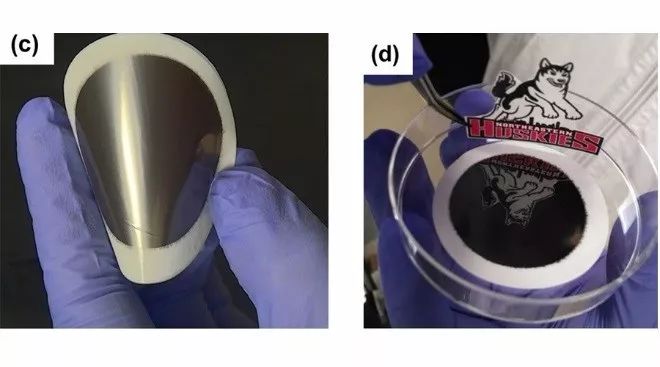正文
阅读原文
可以获取。

Metallic and highly conducting two-dimensional atomic arrays of sulfur enabled by molybdenum disulfide nanotemplate
(通过二硫化钼纳米模板激活而具有金属性和高导电率的二维硫原子排布)
Shuze Zhu, Xiumei Geng, Yang Han, Mourad Benamara, Liao Chen, Jingxiao Li, Ismail Bilgin & Hongli Zhu
Element sulfur in nature is an insulating solid. While it has been tested that one-dimensional sulfur chain is metallic and conducting, the investigation on two-dimensional sulfur remain
s
elusive
.We report that molybdenum disulfide layers are able to serve as the nanotemplate to facilitate the formation of two-dimensional sulfur. Density functional theory calculations suggest that confined in-between layers of molybdenum disulfide, sulfur atoms are able to form two-dimensional triangular arrays that are highly metallic. As a result, these arrays contribute to the high conductivity and metallic phase of the hybrid structures of molybdenum disulfide layers and two-dimensional sulfur arrays. The experimentally measured conductivity of such hybrid structures reaches up to 223 S/m. Multiple experimental results, including X-ray photoelectron spectroscopy (XPS), transition electron microscope
(TEM), selected area electron diffraction (SAED), agree with the computational insights. Due to the excellent conductivity, the current density is linearly proportional to the scan rateuntil 30,000 mV s
−1
without the attendance of conductive additives. Using such hybrid structures as electrode, the two-electrode supercapacitor cells yield a power density of 10
6
Wh kg
−1
and energy density~47.5 Wh kg
−1
in ionic liquid electrolytes. Our findings offer new insights into using two-dimensional materials and their Van der Waals heterostructures as nanotemplates to pattern foreign atoms for unprecedented material properties.















